#blackbirds
Text


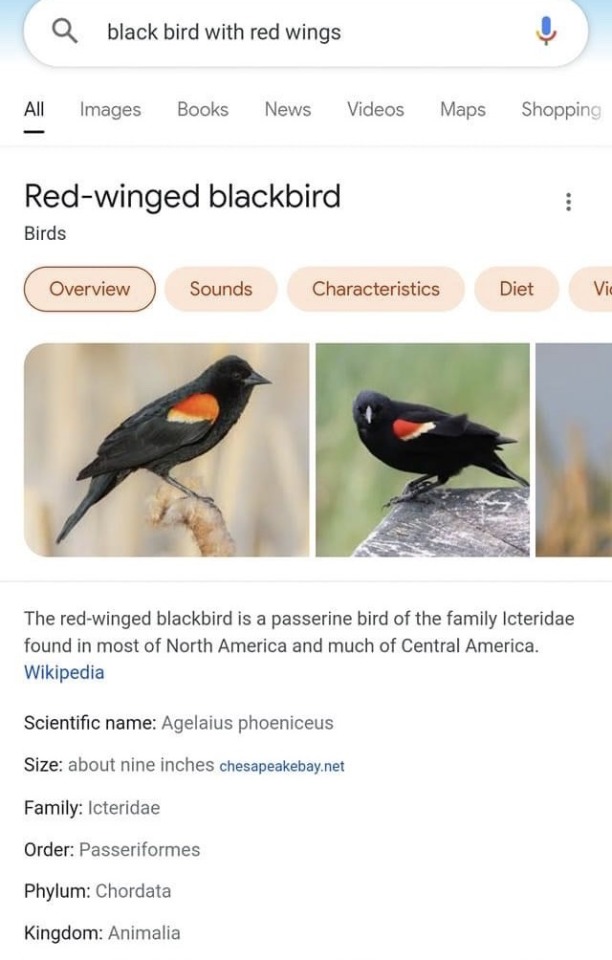
#memes#ornithologist#wholesome#funny#bird memes#birds#bird#ornithology#birdwatching#bird meme#birb#birbs#red winged blackbird#yellow headed blackbird#blackbirds#blackbird#funny memes#wholesome memes#top post
16K notes
·
View notes
Text

A lil blackbird (acrylic + thickener on canvas)
#blackbird#british birds#birds#bird#blackbirds#bird art#bird painting#bird paintings#art#painting#paintings
1K notes
·
View notes
Text
Look at the new babies! They all got similar tattoos of Blackbirds in their own style to commemorate working on the song with Beyonce. They look like Destiny's Child if they were a country group in an alternate universe!

#Reyna Roberts#Brittney Spencer#Tanner Adell#Tiera Kennedy#Country Music Television Awards#Blackbirds
75 notes
·
View notes
Text
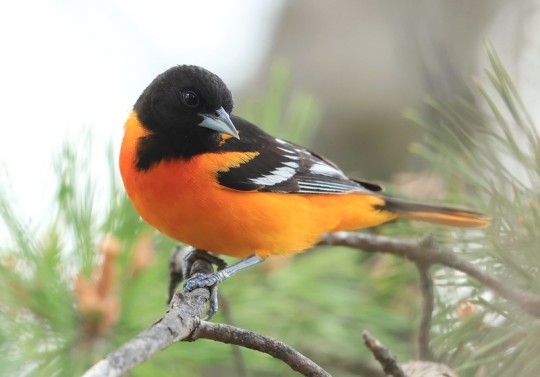
A Baltimore oriole (Icterus galbula) in Lake Meyer Park, Iowa, USA
by Larry Reis
#baltimore oriole#blackbirds#new world orioles#birds#icterus galbula#icterus#icteridae#passeriformes#aves#chordata#wildlife: iowa#wildlife: usa#wildlife: north america
112 notes
·
View notes
Text
BOTD: Boat-tailed Grackle

Photo: Judy Gallagher
"Until the 1970s, this big blackbird was considered to be the same species as the Great-tailed Grackle, but the two forms overlap on the coasts of Texas and Louisiana without interbreeding. The Boat-tail is a more aquatic creature, nesting in marshes, scavenging on beaches. Except in Florida, it is seldom found far away from tidewater. Boat-tailed Grackles nest in noisy colonies, the males displaying conspicuously with much wing-fluttering and harsh repeated calls."
- Audubon Field Guide
#birds#boat tailed grackle#birds of north america#north american birds#grackles#blackbirds#birds of the us#birding#bird watching#birdblr#birblr#bird of the day#Quiscalus major
47 notes
·
View notes
Text

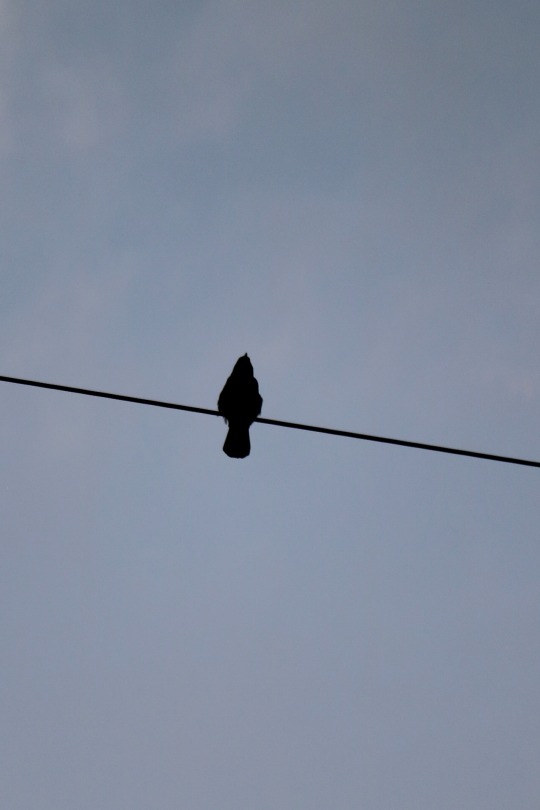
The Singer
#photographers on tumblr#animals#birds#morning#minimal#nature#blackbird#silhouette#daybreak#minimalism#blackbirds#summer#vertical#original photographers#original photography
146 notes
·
View notes
Photo
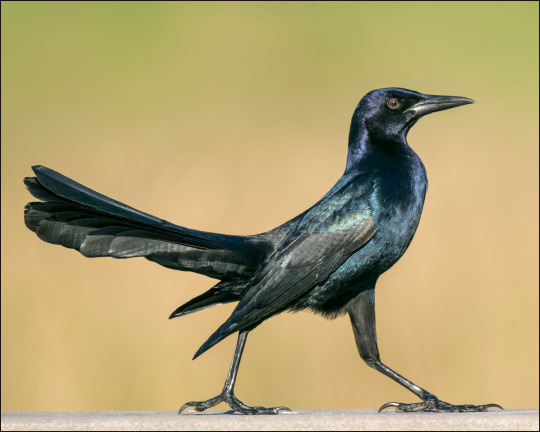
Boat-Tailed Grackle (Quiscalus major)
Family: American Blackbird Family (Icteridae)
IUCN Conservation Status: Least Concern
Native to the southeastern USA, the Boat-Tailed Grackle shares much of its range with the closely related Common Grackle, but can be distinguished from its relative thanks to its larger size (Growing to be around 40cm/15.7 inches long compared to the around 32cm/12.6 inch long Common Grackle) and its considerably longer, broader tail, which is present in both sexes but more prominent in males. Found largely in coastal habitats (although they may also be found near large inland bodies of water or in human settlements where they feed on abandoned food scraps), members of this species roost in large, loosely organised flocks that may contain hundreds of individuals, and which scatter during the day to feed on seeds, fruits, insects, eggs and small vertebrates such as frogs, fishes and occasionally smaller birds before gathering back together at dusk. Boat-Tailed Grackles mate in the early spring (with a male establishing a strictly-guarded territory and producing a high-pitched mating call to invite a large number of females into it) and nest during the late spring and early summer (with several females constructing small, cup-shaped nests among dense elevated vegetation within close proximity to one another to increase the likelihood of potential predators and egg thieves being spotted, and 3-5 pale, speckled and striped eggs being laid in each nest.) Females of this species have pale brown bodies and dark brown wings, while males (such as the individual pictured above) are nearly twice the size of females and possess iridescent black feathers that reflect light in such a way that they may appear purple, blue or green if seen under bright sunlight. As is true of many grackles the males of this species are frequently mistaken for crows (with the word grackle being derived from the Latin graculus, meaning “jackdaw”, in reference to the two small species of Eurasian crows known collectively as jackdaws), but despite their superficial similarities grackles and crows are not closely related (with grackles and their fellow American Blackbirds being more closely related to the American Sparrows of the family Passerellidae.)
--------------------------------------------------------------------------
Image Source: https://www.inaturalist.org/taxa/9601-Quiscalus-major
(Side note: Some of the sources I’ve read about grackles seem to suggest that they’re among the most common passerine birds in North America, but I’m curios as to how true that is. I don’t suppose anyone who sees this post and lives in/has been to America can confirm or deny this?)
#Boat-Tailed Grackle#grackle#grackles#blackbird#blackbirds#icterids#icteridae#bird#birds#zoology#biology#ornithology#animal#animals#wildlife#north american wildlife
251 notes
·
View notes
Text

72 notes
·
View notes
Text

Red-winged blackbird male
84 notes
·
View notes
Photo

Birds Eat all the Fruit Canceling National Trust Pick-Your-Own. An event where people can pick their own cherries has been canceled after blackbirds "feasted" on the trees. It had been due to take place on 28 June at the National Trust's Cotehele medieval house. Laura Jarman from the National Trust said the birds were "so cute, we don't mind too much"
https://www.bbc.com/news/articles/cd1n26kj1eeo
124 notes
·
View notes
Text

Zoölogy; A Textbook for Colleges and Universities. Written by Theodore D. A. Cockerell. 1920.
Internet Archive
283 notes
·
View notes
Photo
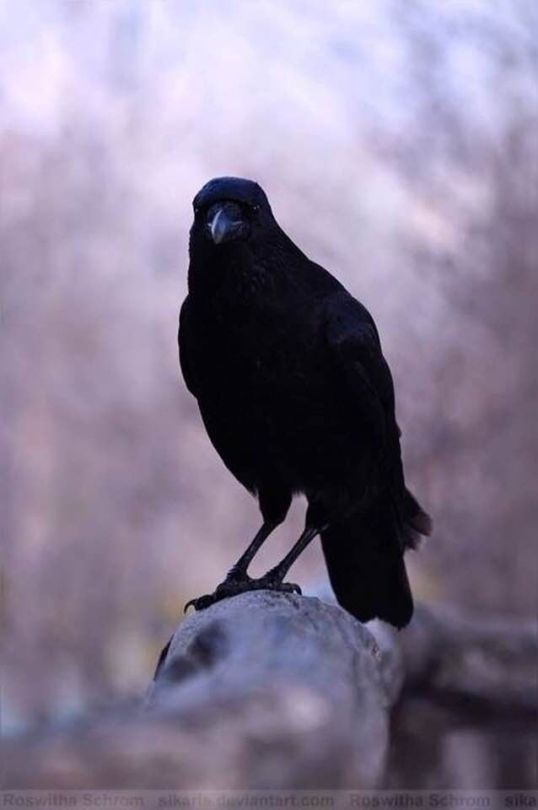
Roswitha Schrom on deviantart.com
373 notes
·
View notes
Text

A crimis gift for my wonderful beautiful friend @calypti! This is her Blackbirds character, Omen!
I have so much art that I've just... not put online! Sorry!! I'll get to it over the winter. Expect more art soon.
22 notes
·
View notes
Text
This unusually mild fall
has resulted in the latest Grackles and Redwinged Blackbird I have seen in my yard. These two are from yesterday and the day before. I have not seen any today yet, and we had the first snow here this morning. The Redwinged Blackbird is an immature male, and I totally love his markings. (Just as I am writing this, I am seeing a RWBB outside.)


#birds#backyard birds#Common Grackle#Grackles#Count Grackula#Redwinged Blackbird#RWBB#blackbirds#fall migration#fall 2022#birds of Michigan#birds of north america#birdwatching#birdlovers#nature#Ostdrossel#birdphotography
218 notes
·
View notes
Text

[Blackbirds hear tea whistling they rise and clap.]
39 notes
·
View notes
Text
BOTD: Orchard Oriole

Photo: Ad Konings
"Most common in the Midwest and South is this small oriole. It favors open areas with scattered groves of trees, so human activities may have helped it in some areas, opening up the eastern woodlands and planting groves of trees on the prairies. Orchard Orioles often gather in flocks during migration. The black-throated young male, sitting alone in a treetop and singing his jumbled song, is often confusing to beginning birders."
- Audubon Field Guide
#birds#orchard oriole#birds of north america#north american birds#orioles#blackbirds#passerines#birds of the us#birds of canada#birds of mexico#birds of central america#birding#bird watching#birdblr#birblr#bird of the day#Icterus spurius
59 notes
·
View notes